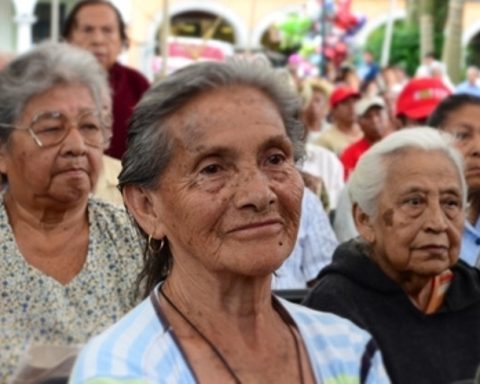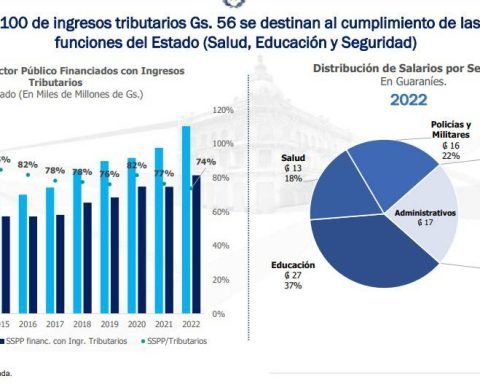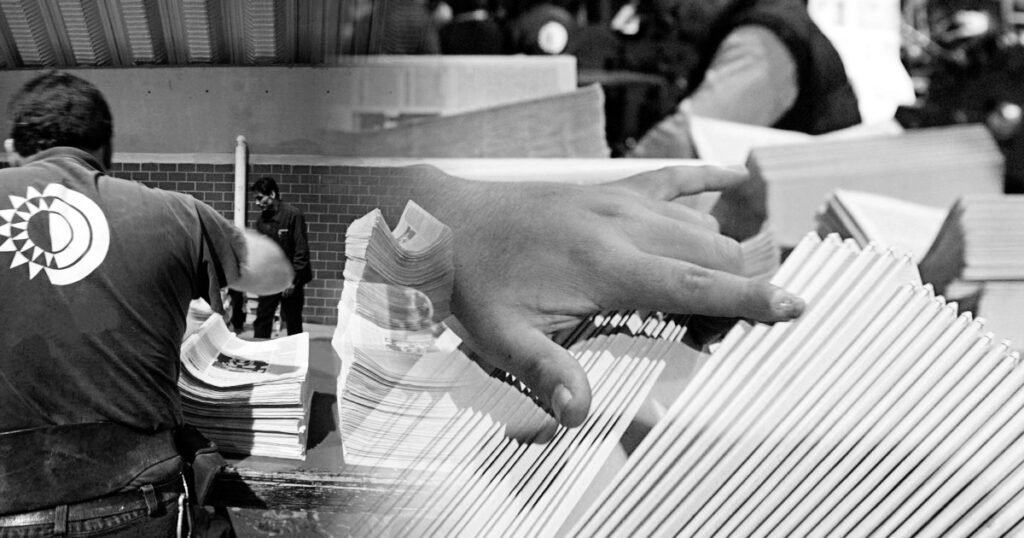In these times in which technology is increasingly immersed in the world of sports, it becomes increasingly difficult and unattainable to think of a feat, such as the one that was witnessed in the streets of Rome more than six decades ago.
Abebe Bikila was born on August 7, 1932 in the small town of Jato. A short time later, in 1935his family was forced to flee to seek refuge from the invasion of Benito Mussolini’s Italyalthough some time later they were able to return to their place of origin.
At the age of 20, he emigrated to the Ethiopian capital Addis Ababa to be part of the 5th Infantry Regiment of the Imperial guard, where he became more and more passionate about running. Already later with the rank of captain, and under the training of the Swede Onni Niskanen -a key figure in his sporting development- victories began to appear in his long-distance competitions.
The definitive inspiration to ever represent his land at an international level, came thanks to a parade of some of his compatriots through the Emperor’s Palace Haile Selassie I, with the official Ethiopian kit. These turned out to be, precisely, athletes who were present at the JJ. oo. from Melbourne 1956.
The legendary triumph in the invading country
arrived the 1960year of the Games neither more nor less than in Romethe historic capital of Italy, a country that invaded the land of Bikila in his childhood.
Despite already having some recognition at the national level at that time, Abebe was not known outside its borders, so did not initially make the Ethiopian Olympic squad for the event.
However, a curious situation gave him the ticket to the European country: one of the members of the marathon team was injured playing a soccer matchleaving a place available, which was taken by Bikila.

Bikila, in a training day. (Getty Images)
On September 10, at the age of 28, the native of Jato would remain forever in the sport’s Olympus. Running barefoot because of the discomfort of the shoes they gave him to compete -that they were of the brand adidassponsor of the event – impressed so much that no one believed he could succeed, rather it was expected that he would not get very far in the demanding marathon event.
On the other hand, The Ethiopian not only won the gold medal, but he did it with a time that was a new world record, 2:15.16. And all this after running the 42 kilometers and 195 meters with bare feet on the Roman cobblestones, thus becoming the first African to become champion in the sport’s greatest event.
The Olympic Stadium, and all of Italy, was thus stunned and surrendered to such a feat, which also had a very special symbolic charge at the moment when, on the way to victory, Bikila passed in front of the Obelisk of Axumwhich had been taken from Ethiopia in 1937 as war trophy by fascist troops under the command of Mussolini.
The two-time championship and retirement
The next Olympic date, Tokyo 1964I already had Bikila in consideration, as the great candidate to repeat the feat achieved four years earlier.
But the preparation for the great event was not easy: six weeks before of the marathon in the Japanese capital He was operated on for a picture of appendicitiswhich significantly altered its set-up.

Bikila also became champion in Tokyo 1964. (Getty Images)
However, the Ethiopian would achieve another feat by conquering -on that occasion already with shoes- a new gold medal and even lower the world record again of the test at 2 hours and 12 minutes and 12 seconds.
Another four-year period passed and it was time for the JJ. oo. from Mexicoin 1968where Abebe once again made a presence, but, already with 36 years of age, felt the effects of altitude of the Latin American city and abandoned the marathon test after 17 kilometers of travel, due to physical problems. After that, he was never seen competing again.
The accident that changed everything
In 1969the year after his last competition, the historic athlete suffered a car crash in Addis Ababa aboard the Volkswagen that the Government of his country gave him after being crowned in Tokyo, trying to dodge a crowd who was holding a demonstration.
Bikila became a paraplegic and he no longer recovered from such a condition, therefore, he did not walk again.
But despite his physical limitations, the competitive spirit did not depart from him and he participated in 1970 in the Stoke Mandeville Games London, a precursor event of the current Paralympic Games, in the modalities of table tennis and archery.

Bikila, competing at the Stoke Mandeville Games in archery. (Getty Images)
In 1972 was a Guest of honor at the Munich OlympicsGermany, where he received a emotional and massive ovation at the opening ceremony, where it was shocking to see him in Wheelchair after having left the world speechless with his exploits.
Abebe Bikila passed away on October 25, 1973only 41 years old, product of a brain hemorrhage related to the aftermath of the accident.
Today, as a tribute to the first great African hero and the greatest sports exponent in the history of Ethiopia, a stadium in the capital Addis Ababa bears his name.


















